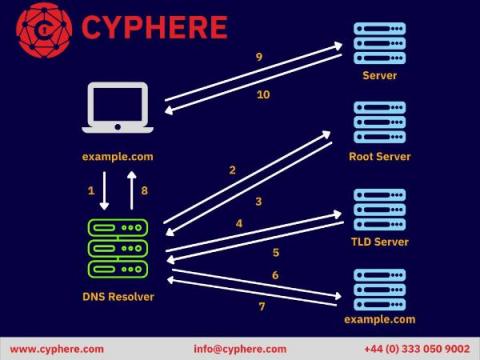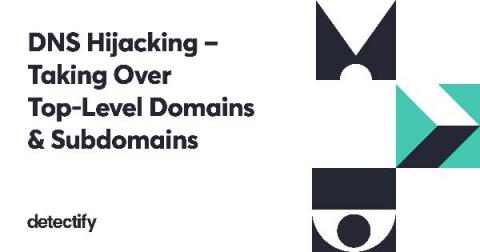Enriched attack surface view, DNS filtering, and more
Taking action on your attack surface requires a complete overview of what is exposed. This includes details such as open – and previously open! – ports, DNS records, and when the asset was last seen. These details help security teams respond more effectively to issues as they occur in production. It’s now possible for Surface Monitoring customers to drill down into an asset with the new Details page, which you can access by selecting an asset from the Attack Surface view.








